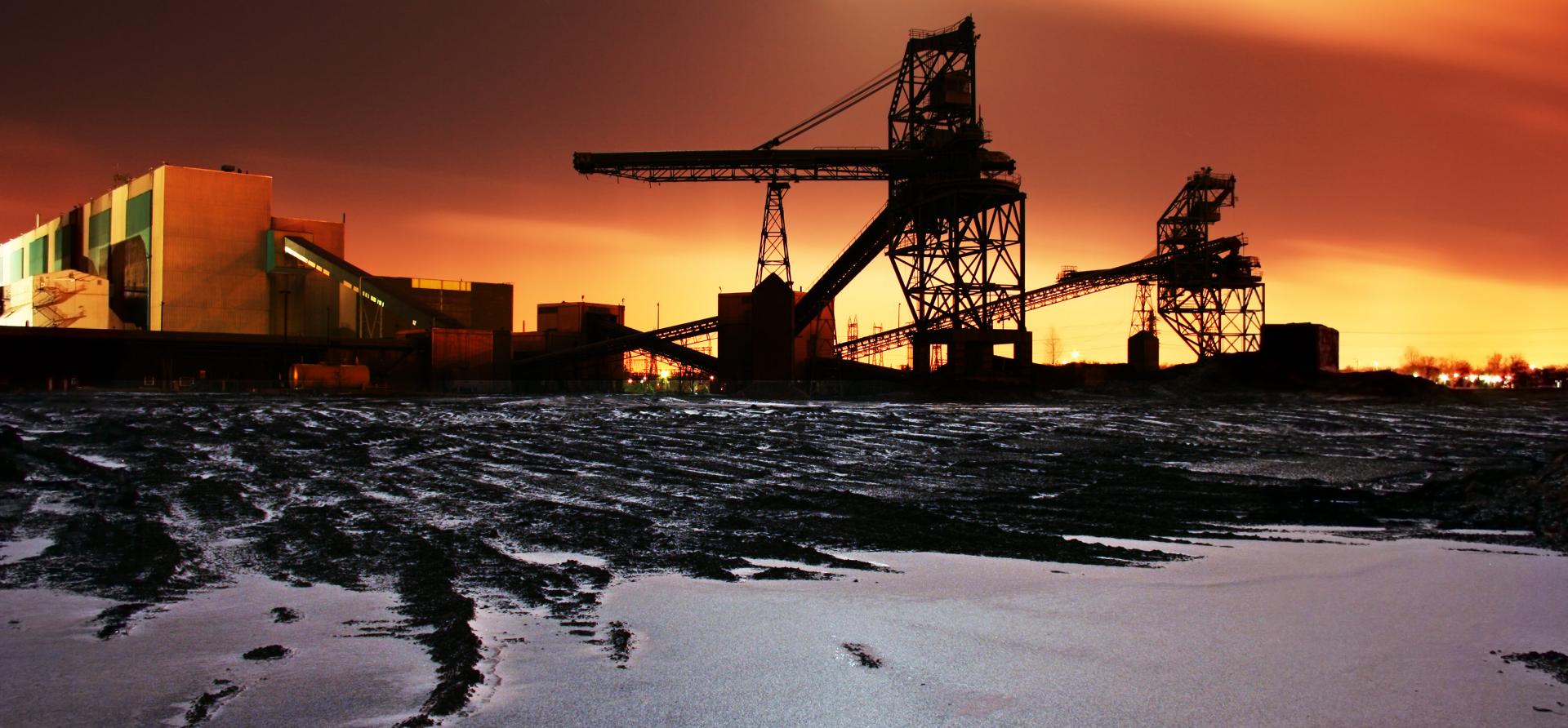Carbon capture in the Southeast Asian market context: sorting out the myths and realities in cost-sensitive markets
Download Full Report
View Press Release

Key Findings
Discussions surrounding the need for ‘policy support’ should not veer from the big questions on CCUS: which CCUS drivers would be present in Southeast Asian countries? Carbon emissions valuations, strong public funding support or market drivers?
Three-quarters of the newly planned CCUS capacity in Southeast Asia is for gas processing, a ‘different’ CCUS from the majority of other markets.
CCUS is energy-intensive, and measuring the cost of CO2 captured is insufficient, as the cost of CO2 avoided needs to be the measure.
Executive Summary
In recent years, Carbon Capture Utilization and Storage (CCUS) discussions have gained traction in Southeast Asia (SEA). CCUS’ strategic value lies in its ability to retrofit existing assets and hard-to-abate sectors. The young fleet of coal and gas power plants in SEA suggests the region may present the right fit for CCUS applications.
It is critical to understand that CCUS is not a monolithic subject. Examples of CCUS applications include gas processing and power generation. Each application primarily runs on separate tracks with their own maturity and costs projections. Three applications currently dominate the discussions in SEA: gas processing, industries/product based CCUS for hydrogen/ammonia, and potential future usage in the power sector. Gas processing CCUS is arguably the lowest cost and most mature application, primarily due to the relative ease of capturing highly concentrated carbon dioxide (CO2) in its flue gas, compared to the diluted low-pressure CO2 in power sector applications.
In planning ahead for their respective net zero targets, stakeholders in SEA should clearly understand what CCUS could and could not likely offer – sorting out the myths and realities.
















